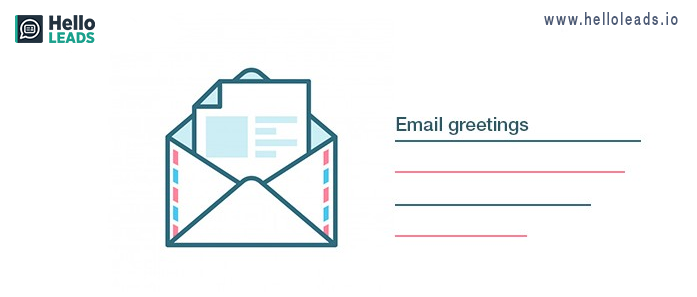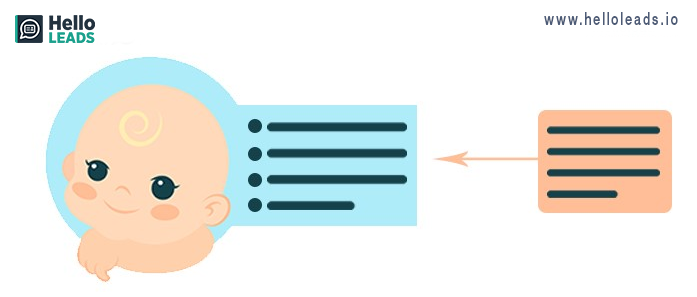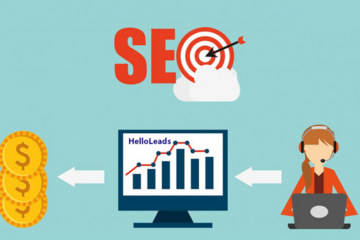
Since the inception of the internet and now till Covid 2019, email is the most widely used form of digital communication. Nowadays email has become a powerful tool in everyone’s professional life as well as personal life, as it seems to be the more convenient way of sending and receiving messages, links, files, and images.
A recent study states that 86% of professionals prefer only emails for their business communication and it is also considered as the most preferred form . Being a professional we must know how to effectively communicate through emails and use emails professionally. Email have the power to create your first impression on the recipient.
To effectively communicate via emails, here are Top 10 well-researched etiquette and rules that you need to know.
1. Subject Line – Keep simple and focused Subject Line
Title your email in such a way that, it should clearly explain the concept or theme of the email.
Your subject line determines whether your email is worth opening or not. Write a brief subject line that correctly discloses the purpose of your email. The subject line may seem like a small part in email but most of the people judge emails by their subject lines. So if you formulate your subject line to be concise and clear, you can quickly grab the recipient’s attention.
2. Use appropriate email greeting

While writing a formal email, addressing the recipient is one of the most important factors that need to be considered.
A salutation sets the tone of your message and shapes their opinion of you. Hence always choose appropriate greetings to establish a good connection with your recipient.
3. Never forget to call out attachments
It is very important to make a recipient aware of, what is attached in an email. In the body of the email clearly state the purpose and the number of files attached. Avoid attaching heavy files. Before sending an email check whether you have attached the appropriate files.
4. Use reply all, only when needed

Always ensure that you send your email only to the right people. Avoid hitting “reply all” unless you respond to everyone on the thread. Most of the time, people find it annoying when they are copied in every email or see replies from all other recipients who are not actually relevant to them.
6. Keep it short

Usually it takes long time to read lengthy emails. So keep your content as brief as possible. Try to keep your sentences short and to the point, this saves the time of both you and the recipient as well.
Using shorter paragraphs or bullet points to convey your information is a smarter way. If it takes more paragraphs, better attach it as a separate document.
6. Resist shortcuts to real words, emoticons, jargon, or slang
Professionals never use slangs, shortcuts instead of real words in their workplace. For both customers and as well as for internal communications it is considered as disrespectful to use it.
7. Avoid all CAPS
Using upper case in an email can be interpreted as shouting and often considered to be rude. So next time when you write an email make sure everything is not in CAPS!
8. Take care of background colour & fonts
Keep your background and standard fonts of the emails simple, so that it looks professional. The usage of bright colours to highlight important items makes them stand out from others. Consistent, well-optimized designed emails looks good.
9. Proofreading
Proofreading is vital for error-free email communication. Double-check yourself once before sending.. Make sure your email has correct grammar, capitalization, punctuation and is free from spelling mistakes or typos. Also, check for hyperlinks attached if any.
10. Closing Message and sign-off
The last thing your recipient reads after your email body is your closing message. Be polite and professional while writing it. Use an appropriate tone while closing by including an email sign off.
A properly formatted email sign off message defines your corporate identity. All of your emails should end with your email signature. This leaves a good impression.
In this digital world, no one knows who you are and what are you capable of. But a single email has the capacity to reveal who you are and your capabilities. Email is your de facto face and hence emails need to reflect your professionalism. So always make sure to follow etiquette when communicating via emails.
“Standards are not established by your proclamations, they are established by your routines.” — T Jay Taylor
Share this blog :










